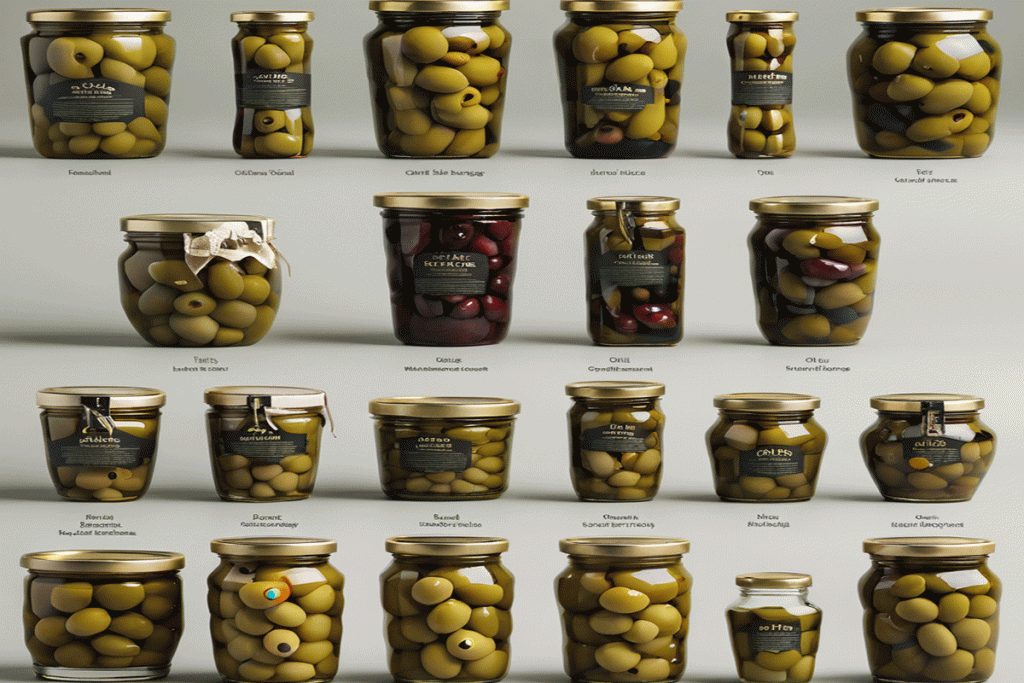World Olive Production by Country
World Olive Production by Country Seamerco research team wrote this article Countries by
Seamerco research team wrote this article

cost-effective making an attractive option for manufacturers and consumers alike. Plastic containers are also available in a variety of shapes and sizes, offering flexibility in packaging design. However, concerns have been raised about the environmental impact of plastic packaging, particularly regarding plastic pollution and marine debris. While efforts are being made to increase the recyclability and use of
recycled plastics in packaging, the sustainability of plastic remains contentious issue.
The transformation of fresh olives into delectable canned delights involves a meticulous process that enhances their flavor, texture, and shelf life. From sorting and washing to packaging & sealing each step is crucial in ensuring the quality and safety of the final product.
Before the olives can undergo further processing, they must first be sorted to remove any damaged or spoiled fruit. This initial step is essential for maintaining the overall quality of the final product. Once sorted, the olives are thoroughly washed to remove any dirt, debris, or residual pesticides, ensuring a clean and hygienic starting point for the subsequent stages of processing.
Brining is a key step in the canned olive production process where the olives are immersed in solution of water and salt to remove bitterness and enhance flavor. The duration of brining can vary depending on factors such as olive variety and desired taste profile. Some producers may also add herbs, spices, or other flavorings to the brine solution to infuse olives with additional taste sensations. This soaking process allows the olives to absorb the brine, resulting in savory and succulent final product.

In some traditional methods of olive processing, fermentation plays crucial role in developing complex flavors and textures. During fermentation, naturally occurring microorganisms break down sugars and other compounds in olives producing lactic acid and other byproducts that contribute the characteristic taste of fermented olives. While fermentation is not always employed in modern canned olive production, it remains a cherished technique in certain regions, adding depth and nuance to the final product.
After brining or fermentation the olives may undergo additional flavoring and seasoning to further enhance their taste profile. This can involve marinating the olives in olive oil infused with herbs, garlic, citrus zest, or chili peppers, imparting a burst of flavor with every bite. The versatility of canned olives allows for endless experimentation with different seasonings and flavor combinations, catering to a wide range of culinary preferences and dietary restrictions.
Once the olives have been processed to perfection are carefully packaged into cans or jars, ensuring freshness and longevity. The packaging process is carried out under strict hygiene standards to prevent contamination and preserve the integrity of the product. Finally, the cans or jars are sealed to lock in flavor and freshness of the olives ready to delight consumers around the world. Throughout this exploration, the importance of quality, safety, and sustainability has been underscored. Producers prioritize stringent quality control measures, ensuring that every canned olive meets the highest standards of freshness, taste, and safety.
World Olive Production by Country Seamerco research team wrote this article Countries by
Types of olive packaging Seamerco research team wrote this article cost-effective making an
History of the Olives Seamerco research team wrote this article The olive branch